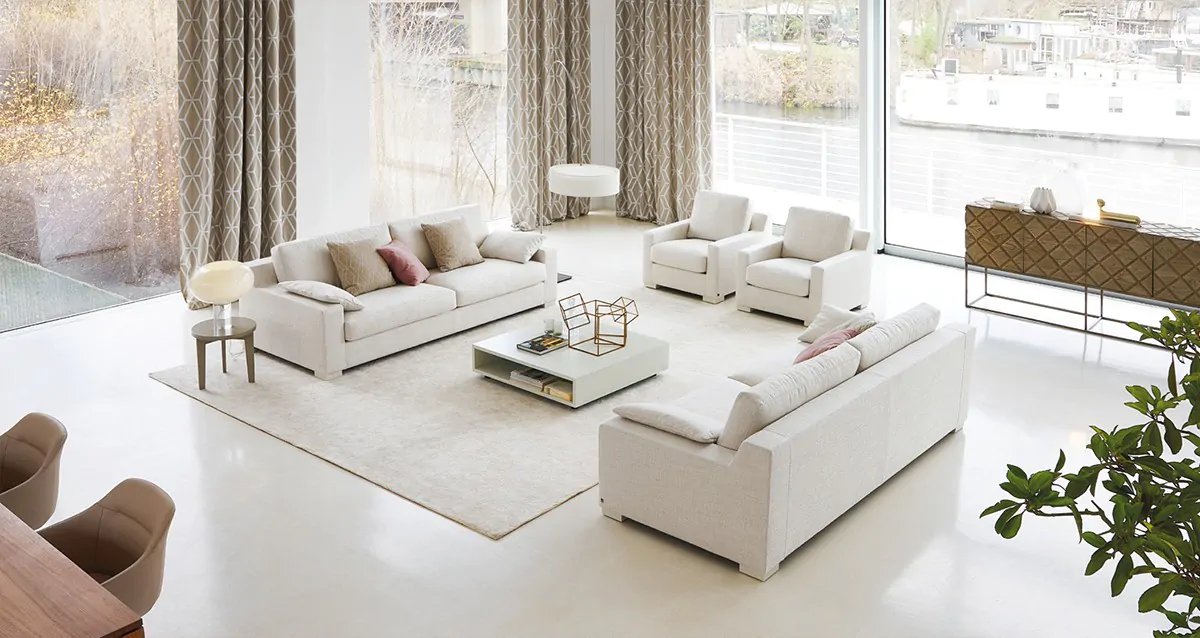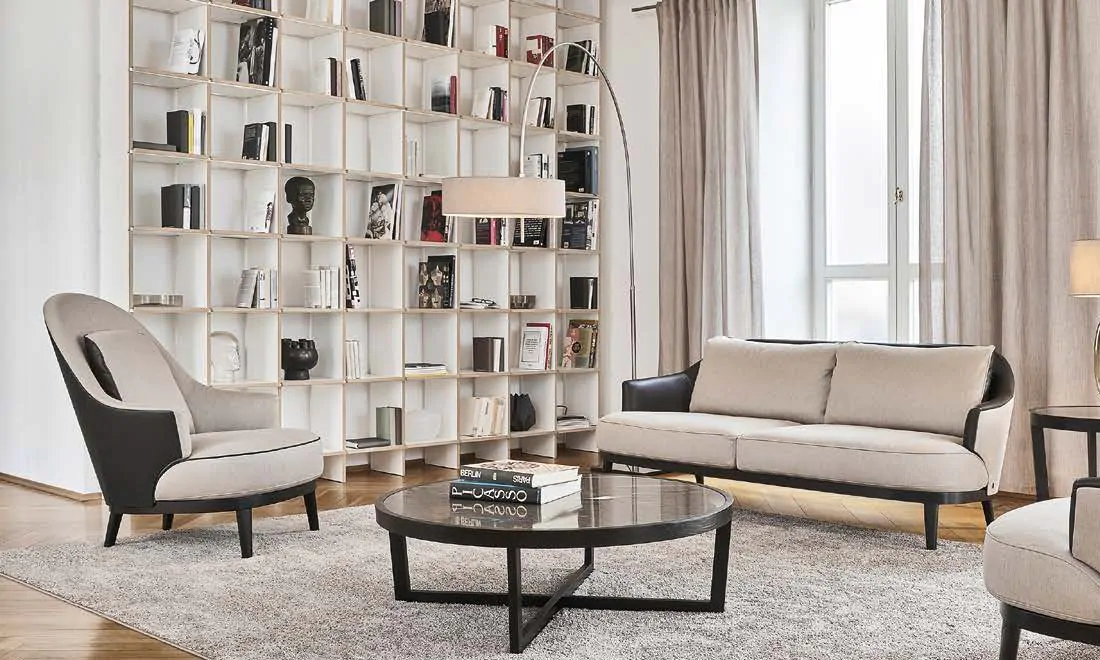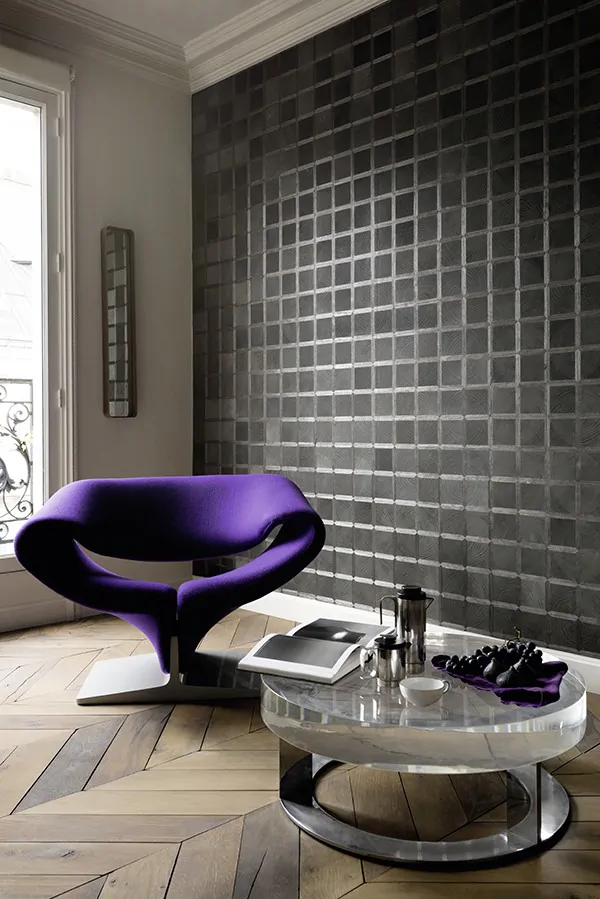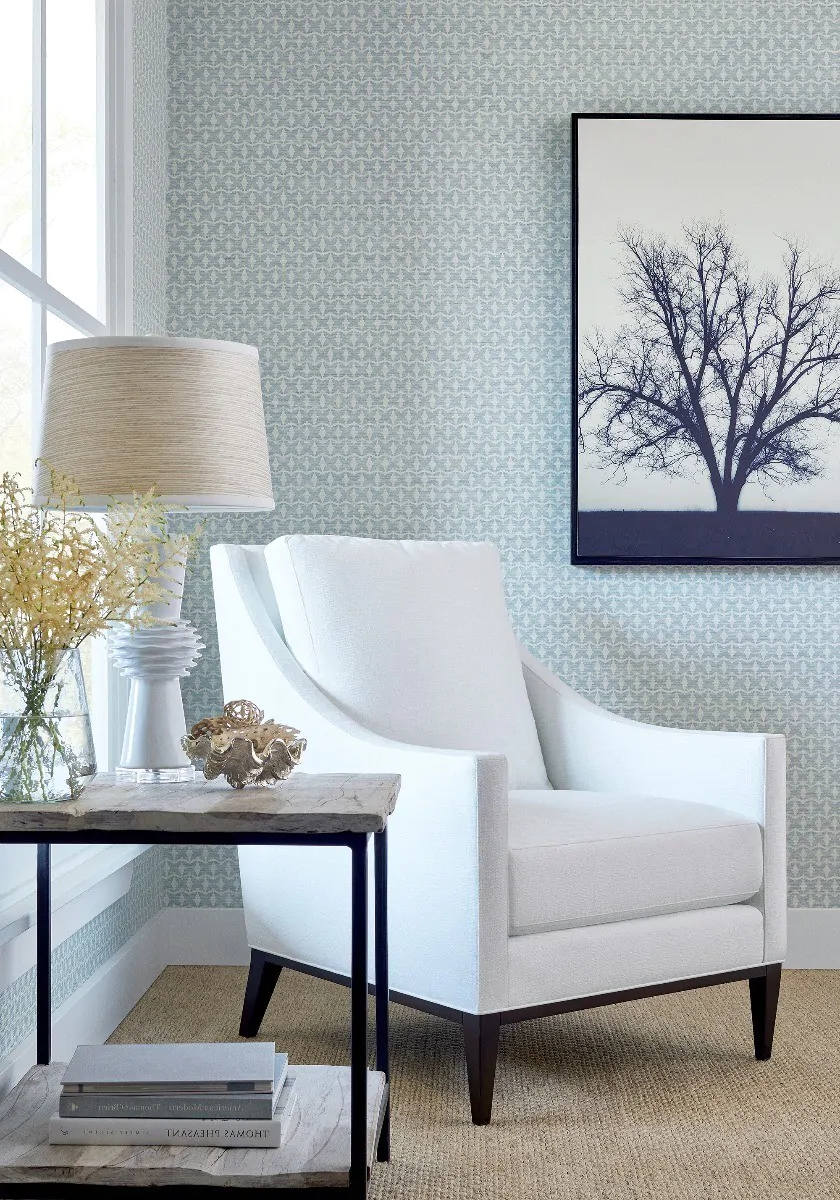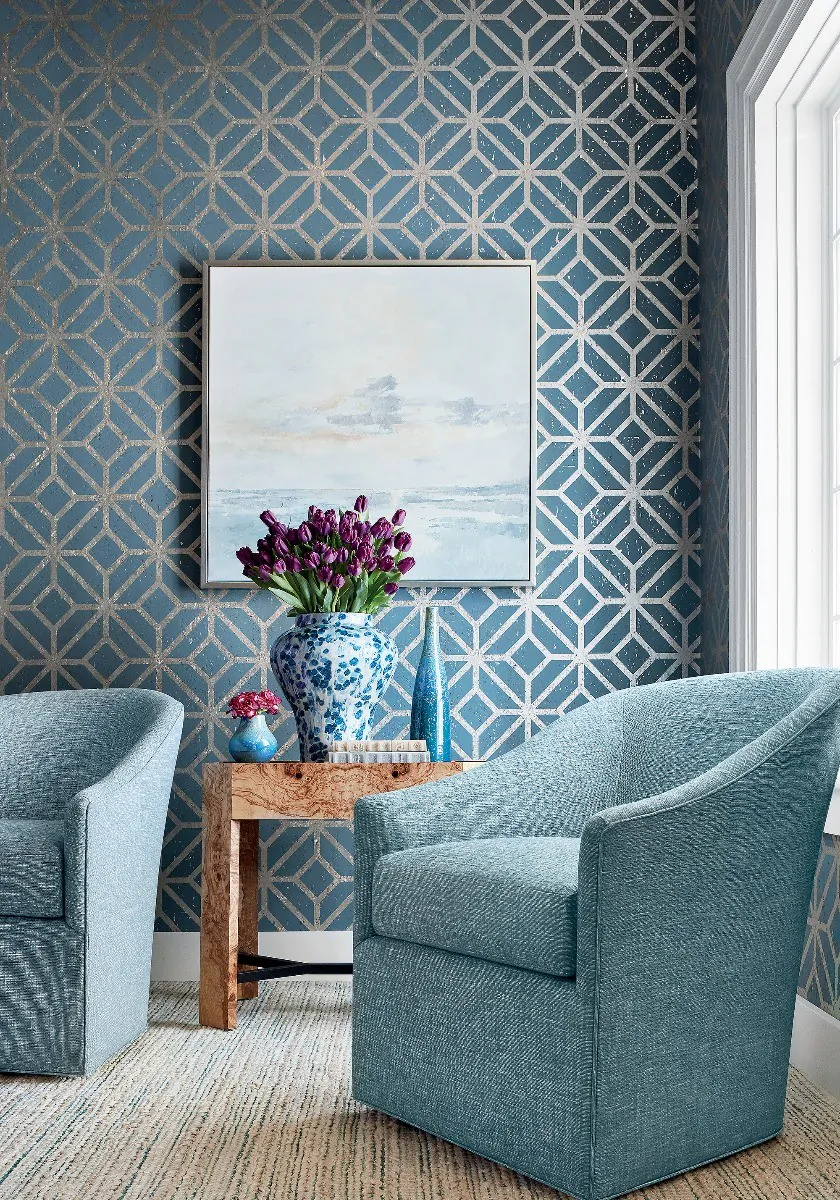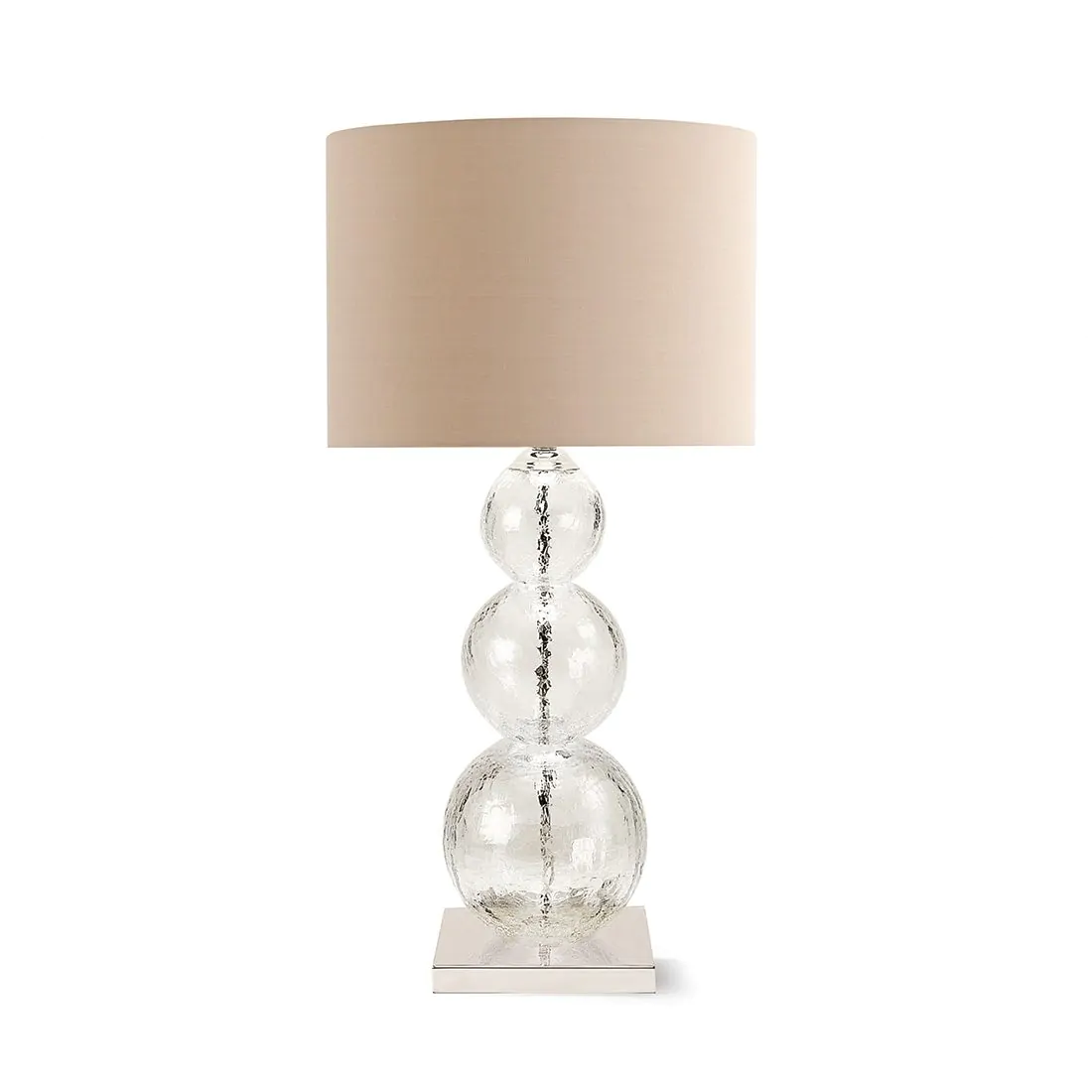Achieving a Contemporary Interior Design Look
TM Interiors Style Guide:
Contemporary Interior Design
Achieving a Contemporary Interior Style
Dating back to the 1970s, the Contemporary design is rooted at the moment which makes it a bit hard to define. It is a style which borrows elements from many other aesthetics. In it, you can see nods to modern, traditional, art deco and even futuristic design. It is a constantly evolving style. Since it’s closely following “the now”, unlike other styles which are more or less set in stone, what is “of the moment” today may change in a few years’ time, hence it is an interior design style that is continuously evolving.
For now, the look of Contemporary is defined by curved lines, neutral colours, and minimalism. Smooth profiles instead of ornamentation, solid or subtle patterned fabrics in lieu of colorful prints, minimal accessories rather than big collections. Whilst it doesn’t have the overt warmth of other interior design styles, it won’t cast a chill either.
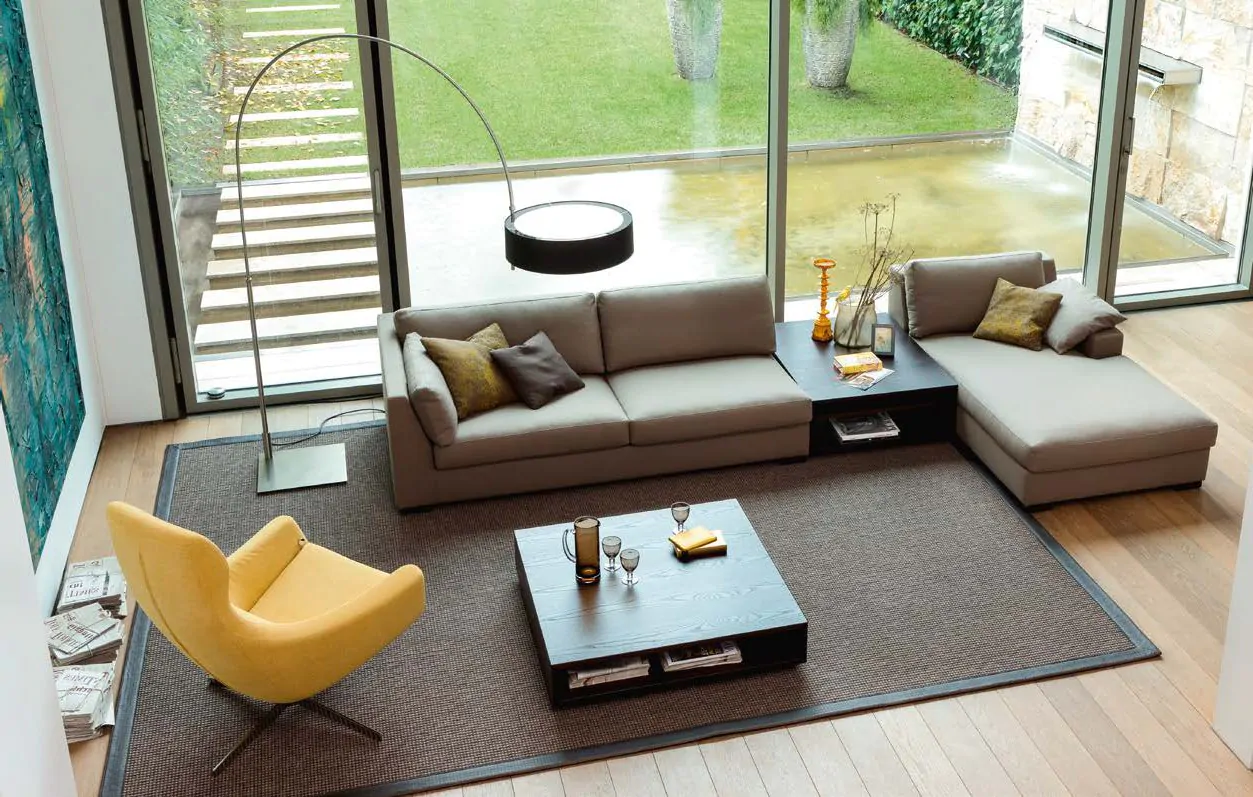
Overall Look
In this style designers tend to create a strong emphasis on spacial planning and line and form; these are the two essentials of a good contemporary design that give this style its recognizable energy. You can recognize contemporary interior design with its abundant open space and natural light which helps make rooms feel airy and expansive. Rooms are often zoned according to function, this then determines where each piece of key furniture will go.
Form & Function
With Contemporary interiors the focus is on clean lines and a lack of clutter which makes every piece of furniture or décor count. Therefore, this style is mostly oriented towards lines, planes, and angles along a strong horizontal-vertical axis. This follows everything from architecture to furnishings.
However, note that not everything in your home needs to have square corners. Balance these with a few curves, while staying true to simple geometric forms: circles, orbs, cylinders, waves. However, leave the scallops and curlicues to the Traditional Interiorstyle.
Furniture used in the Contemporary Interior Design style all have clean lines and striking finishes. Forget about skirts and slipcovers, because even the most tailored versions can look too soft and full. Instead, focus on pieces that show a little leg. However, to balance the overdose of long-legged tables and chairs that can eventually make a space feel unsettled, pick a low-slung sofa, a simple ottoman or cylindrical end tables that will offset the spindliness of their counterparts.
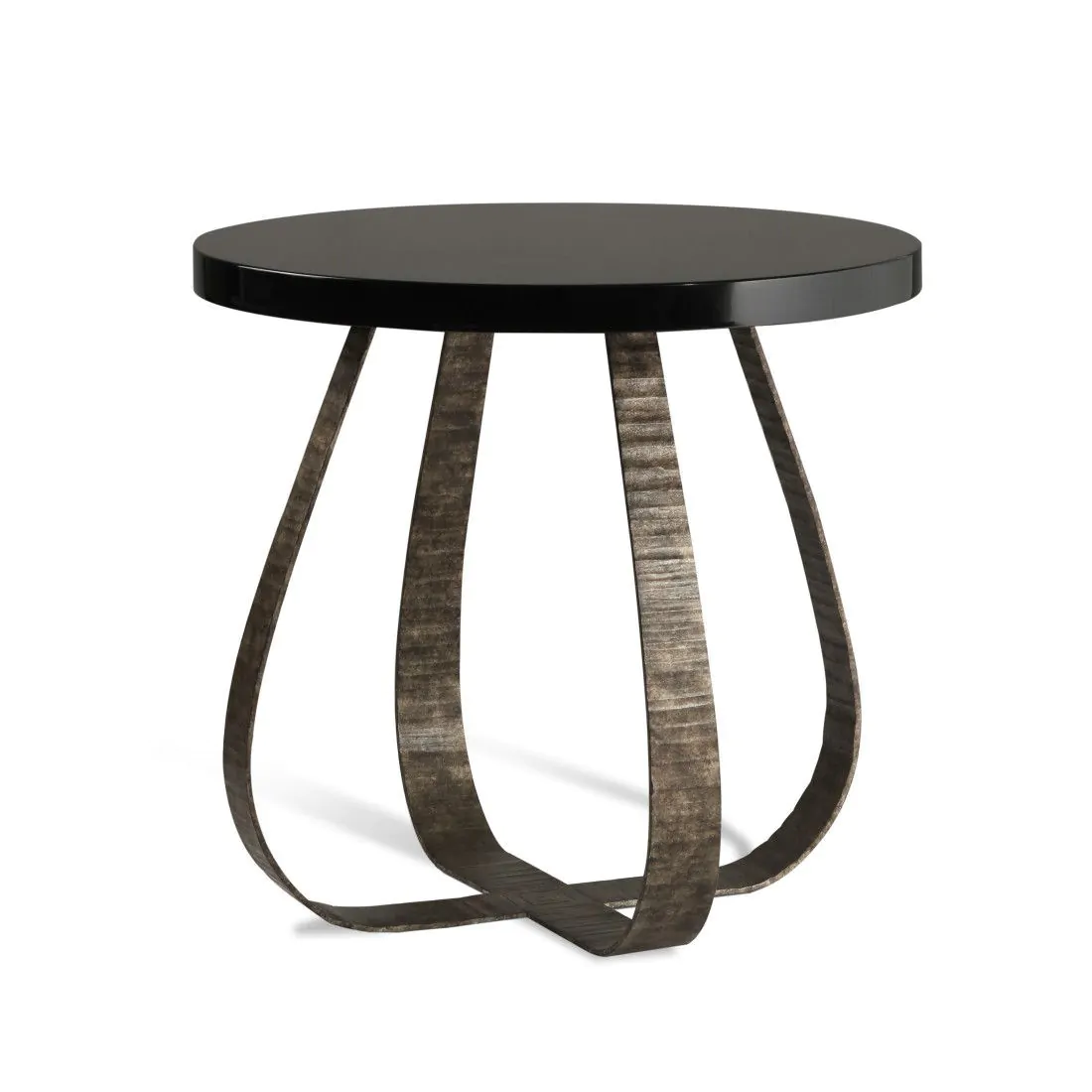
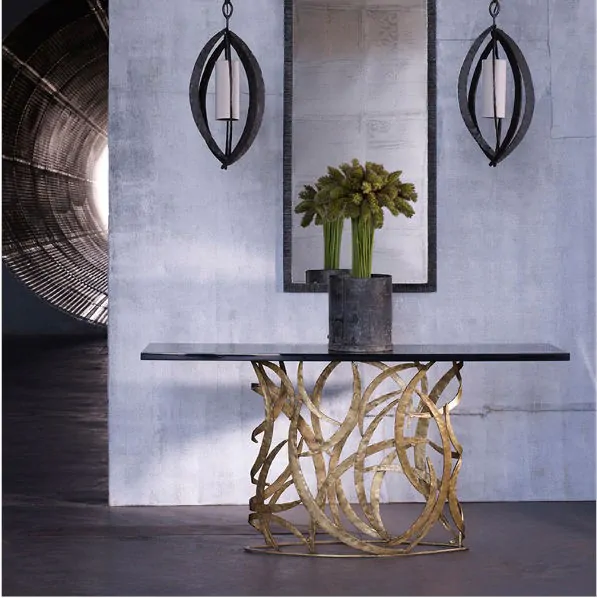
Neutral Colours
Sticking to neutrals as well as black and whites is the grand rule for acheiving a Contemporary look. Aim to make blacks, whites, tans, and greys be the bulk of your design, and then occasionally, bold solids may also be used too, but only sparingly as an accent shade. Another thing to keep in mind when mixing neutrals is to include plenty of texture through various fabrics in your home, as this move will help add visual interest to the space.
Natural Materials
With Contemporary, the use of natural materials is key to creating a beautiful interior and exterior. So, don’t keep the natural materials to just wood furniture in your contemporary home. Feel free to pick leather furniture for your interiors and simple natural decorative elements to be displayed throughout your home. The contemporary period of living brought about a new sense of using organic materials such as wood, rock, slate, teak, cotton, wool, and other gorgeous textiles in modern furnishings and not just reserved to traditional home uses.
Consider adding a shine to your home through chrome, steel, lacquer, glass, plastic, tile and similar that work in tandem to help bounce light around a space. Mix materials for contrast and depth. While an overall contemporary sheen, is what you’re after, note that too many surface reflections are just too much. So, we suggest breaking up the gleam with matte elements in between, or temper shine with texture, such as ribbed glass or brushed nickel.

Let the Light Flow
Light is somehow the key element to making every style come alive and settle well in an interior space. In the Contemporary, layering plenty of lighting throughout the room is more than important. Emphasize on natural light, and then work with lighting accessories to boost the lack of it.
Layered Lighting
Speaking of lighting accessories like lamps and chandeliers, there are three types to focus on:
- Ambient: Also known as general lighting, ambient light fills the majority of the room and allows you to move around safely. It usually comes from recessed lighting, track lighting or wall-mounted fixtures.
- Accent: Accent lighting is used to highlight a particular focal point, such as a piece of wall art. Picture lights, wall-mounted-fixtures or track lighting are common, and dimmers are often used on these features to provide mood lighting.
- Task : As the name suggests, task lights are used to assist you in completing a particular function. This could be anything from desk lamps to pendant lights that hang over a kitchen island.
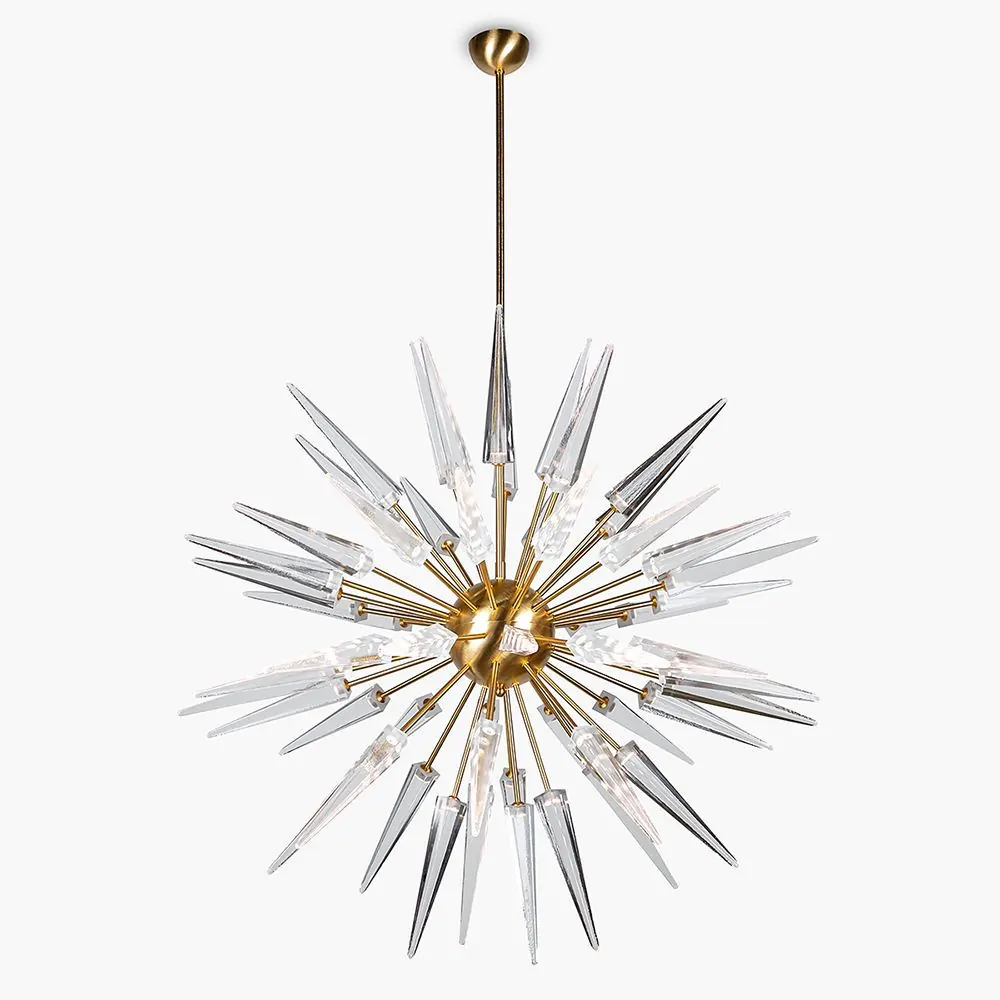
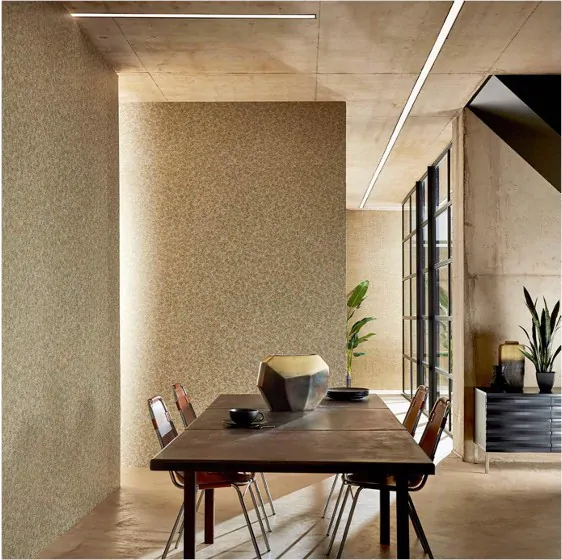
Wallcoverings
Most contemporary interior design schemes will avoid wallpapers in favour of paint. However, it is possible to use wallcoverings in a Contemporary Interior Design style without detracting from the overall look. Aim for contemporaray wallcoverings which add texture or which have geometric prints. Solid blocks of colour which complement the room, or a feature wall with a geometric print.
Rugs and Flooring
In Contemporary the use of unadorned floors is the key to getting it right. This style favors sleeker, harder surfaces over rugs and carpeting. Floors made of bamboo, hard woods such as maple or ash, stone, or ceramic are all the right decision.
On the other hand, rugs and carpets aren’t completely off-limits in a contemporary home – it’s just a matter of choosing the right one. You wouldn’t necessarily want to throw down a fringed Oriental, but a geometric design or a textural weave might be just the ticket. Or experiment with a grid of carpet tiles. If you must have wall-to-wall carpeting, choose a solid colour and a very low pile.
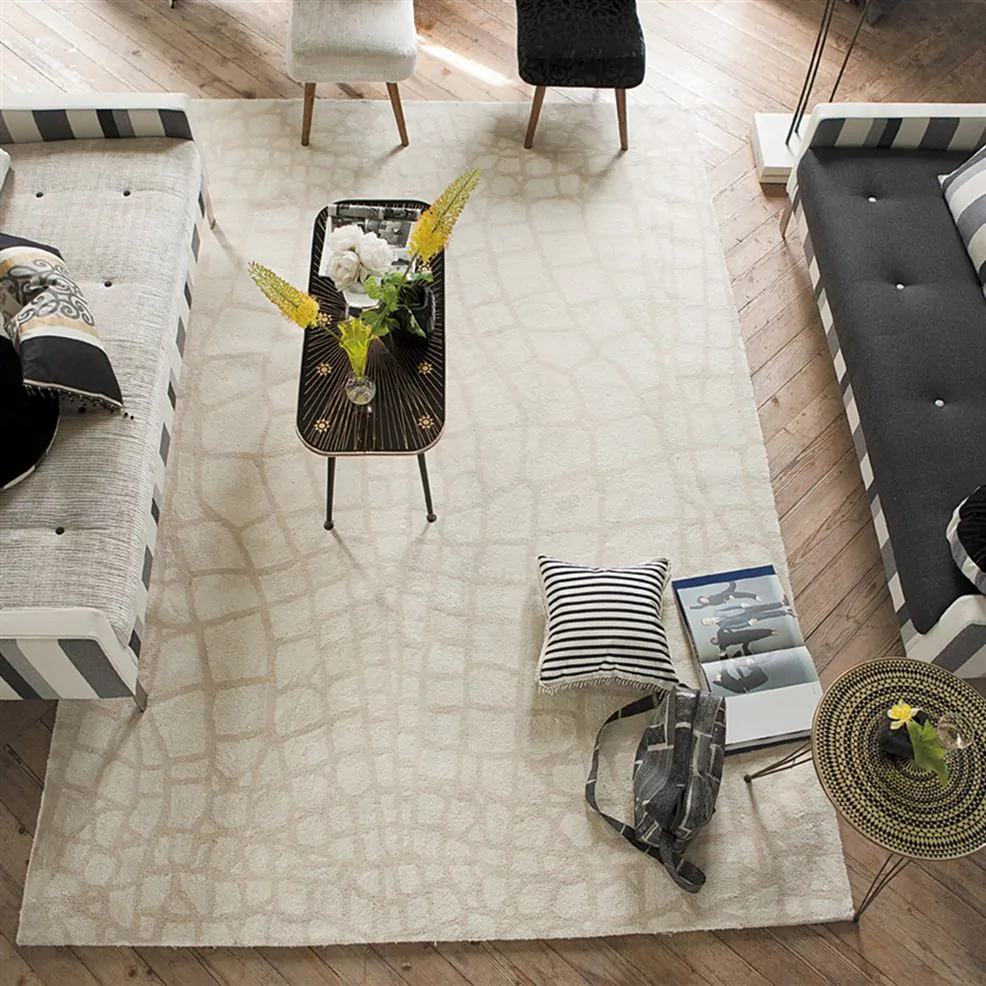
Accessories
Following the "less is more" guidance, leave out eclectic groupings, fussy finds and bric-a-brac in favor of simple, few and well-chosen accessories. In this pared-down arrangement, every piece adds drama without detracting from the streamlined feel.
Additionally, simple objects such as white porcelain vases or glass fishing-net floats fall in step with the aesthetic. Arrange them in a tight, uniform manner that enhances the space rather than detracting from it. Bookshelves should be filled with hardbacks; paperbacks are better suited for traditional rooms.
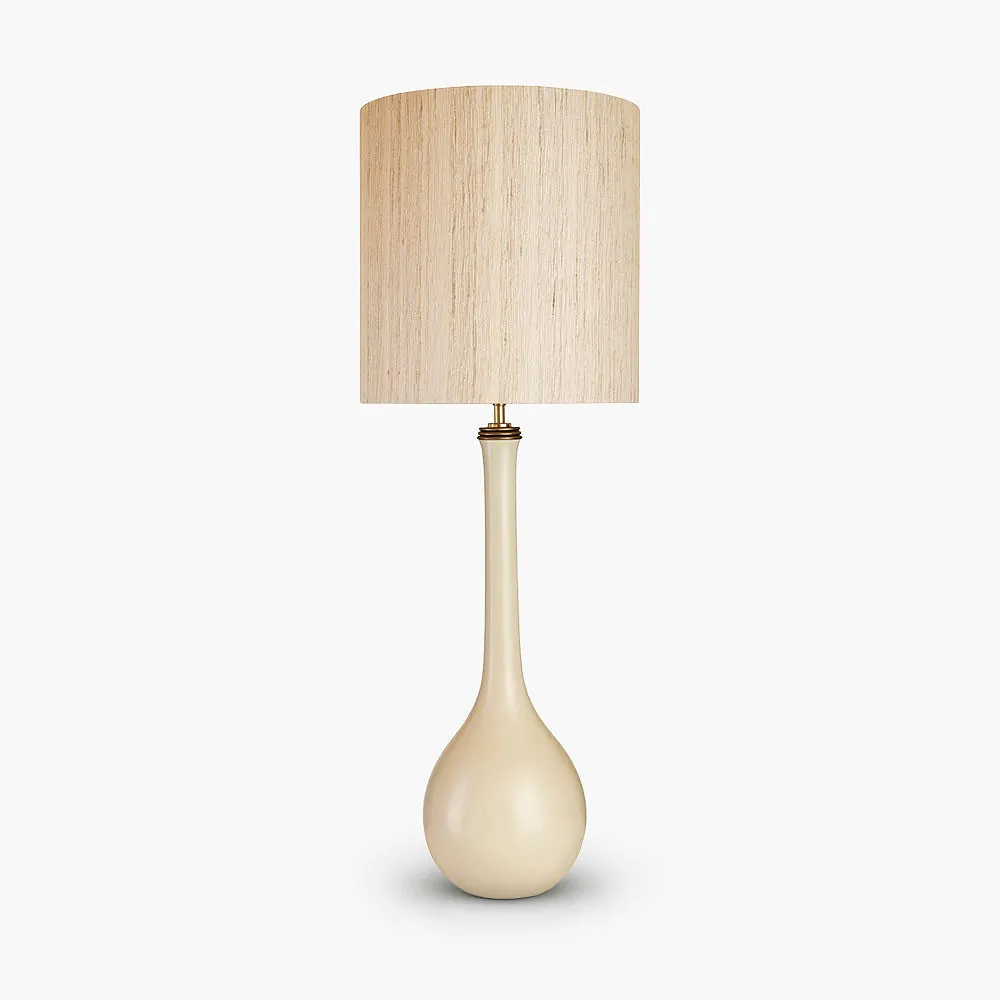
Art & Sculpture
Since simplicity and "less is more" are all part of the Contemporary, one would assume that walls don’t usually have much in the way of adornment. This means that instead of including family photo groupings, heavy moldings, or plate collections, you should opt for a gallery style look with large works of art. Canvases should be framed very cleanly, if at all. Streamlined sculpture, black-and-white photography, glass and prints also work. And if you like your art a little edgy, it’ll feel right at home.
Inspiration Sources
Be inspired by the Contemporary architecture movement, including the Guggenheim Museum, Bilbao, designed by Frank Gehry, or the the iconic works of graphic designer Milton Glaser.
For further guidance check out our ‘Get the Look’ articles, or for the perfect look, why not use our interior design service, our designers will work with you to create the perfect contemporary look for your home sourcing products from all over the world.



